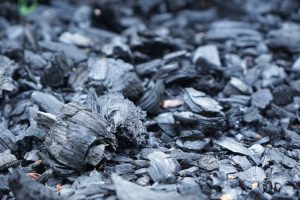Short answer
The decomposition time of a sparrow depends on various factors such as environmental conditions and the presence of scavengers. On average, it takes about 4-6 weeks for a sparrow to decompose.
More
The decomposition of a sparrow occurs as a natural process after the bird's death. Initially, the body starts to cool down, a stage known as algor mortis. As the bird loses body temperature, rigor mortis sets in, causing the muscles to become stiff and inflexible. Gradually, the sparrow's body starts to break down due to bacterial and enzymatic activity, leading to putrefaction.
During the decomposition process, the sparrow's internal organs undergo autolysis, a self-digestion process where enzymes break down cells and tissues. The action of bacteria further accelerates decay, especially in the warmer conditions. These microorganisms enter the body through natural openings like the mouth, eyes, and cloaca, rapidly colonizing and breaking down tissue. As the decomposition progresses, gases such as methane and sulfur compounds start to build up within the body, resulting in bloating and a characteristic foul odor.
Over time, the sparrow's body becomes more fragile and eventually disintegrates. This breakdown is facilitated by scavengers such as insects, worms, and other animals, which feed on the decomposing remains. These scavengers play a crucial role in recycling nutrients by breaking down organic material and returning it to the ecosystem. As decomposition continues, bones and feathers are gradually consumed or scattered, completing the natural cycle of decomposition and allowing the sparrow's remains to contribute to the ongoing processes of life and new growth in the environment.
Is it possible to recycle sparrow?
Intresting facts
- Decomposition of a sparrow refers to the process of breaking down its organic matter after death.
- The decomposition of a sparrow typically occurs in several stages: fresh, bloat, decay, and dry/remains.
- During the fresh stage, the sparrow's body starts to cool and rigor mortis sets in, followed by the onset of autolysis, where enzymes inside the cells begin to break them down.
- In the bloat stage, the sparrow's body becomes bloated due to the accumulation of gases produced by bacteria and other microorganisms that are decomposing the organic material.
- During the decay stage, the bloated body collapses and the decomposition continues, leading to the formation of advanced decay and nutrient-rich fluids that are released into the environment.
Summary and final thoughts
The decomposition time of a sparrow can vary depending on various factors, such as environmental conditions and scavenger activity. Generally, the decomposition process begins shortly after death and goes through several stages, including decay, disintegration, and skeletal remains. In optimal conditions, it can take several weeks to several months for a sparrow's body to fully decompose, with the bones and feathers being some of the last components to break down. However, the exact time frame can be influenced by factors such as temperature, humidity, exposure to air, and the presence of decomposers. It is important to note that decomposition rates can significantly vary, and this paragraph provides a general overview rather than an exact timeline.




